Officially and appropriately signed into law on the 4th of July, The One Big Beautiful Bill has landed and it’s packed with changes that could reshape how business owners plan and file. With 100% bonus depreciation restored, the QBI deduction made permanent, the SALT workaround preserved, and more, this legislation stands to make a real impact on how businesses operate in the years ahead. While some provisions reinforce what’s already working, others mark a sharp turn in direction. If you’re wondering what’s staying, what’s going, and what it all means for your bottom line, we’re breaking down the updates and letting you in on key strategies.
The Big Win for Pass-Throughs: QBI Deduction Made Permanent
The Qualified Business Income (QBI) deduction, first introduced under the Tax Cuts and Jobs Act of 2017, was set to expire in 2025. The new bill removes that sunset provision, locking the deduction in permanently. That’s a big win for owners of pass-through entities, like sole proprietorships, S corporations, partnerships, and LLCs, who can continue deducting up to 20% of their qualified business income on their personal returns. The deduction still applies to qualified REIT dividends and publicly traded partnership income, preserving benefits beyond just traditional business income. The one update here is that the income phaseout thresholds have been increased from $50,000 to $75,000 for single filers and from $100,000 to $150,000 for joint filers, allowing more taxpayers to benefit from this valuable deduction.
Key Strategies:
▶️ Balance W-2 wages to minimize FICA taxes but still qualify for maximum QBI.
▶️ Be involved– don’t leave this money on the table.
100% Bonus Depreciation is Back– And it’s Permanent
Originally scheduled to phase down after 2022 and completely expire after 2026, the bill reinstates and makes permanent 100% bonus depreciation for qualified property placed in service on or after January 19, 2025. This allows business owners to deduct the full cost of most new or used tangible assets in the year they’re placed in service. However, just because you can take the entire write-off upfront doesn’t mean it’s always the best move. Combining bonus depreciation with Section 179 and timing deductions strategically can help avoid wiping out income too quickly or missing out on other tax benefits. Whether it’s a short-term rental, a vehicle, or even a commercial condo, there’s significant opportunity to accelerate deductions and maximize tax savings– when approached strategically.
Key Strategies:
▶️ Short-Term Rental Loophole: Material participation (100+ hours) allows you to use bonus depreciation to offset other income via cost segregation.
▶️ Self-Rental Strategy: Buy your own commercial condo, pay rent to yourself, and take bonus depreciation.
▶️ Business Vehicle Write-Off: Deduct the business-use percentage of a new or used car, even if financed with zero down– or even contributed from personal assets.
Section 179 Still Going Strong
The bill preserves the existing Section 179 expensing rules, allowing businesses to deduct the full cost of qualifying equipment, software, and machinery in the year it’s placed in service– up to $1,250,000 in 2025. Unlike bonus depreciation, Section 179 offers greater flexibility by allowing businesses to select which assets to expense and align deductions with taxable income. For small and midsize businesses making targeted purchases, it’s a reliable, flexible tool for maximizing tax savings.
Key Strategies:
▶️ Use Section 179 to fully expense high-dollar equipment purchases when income is up.
▶️ Pick and choose which assets to write off to match your tax bill.
SALT Deduction Cap Raised– and the Workaround Lives On
The new bill raises the State and Local Tax (SALT) deduction cap from $10,000 to $40,000 for the next five years– a big win for high-income earners in high-tax states. But the real gem? The S corporation workaround survived. In 36 states, business owners can still have their S corp prepay state income taxes at the entity level, deduct the full amount, and pass those savings down to their personal return. If you’re an S corp owner, this strategy needs to be implemented before year-end to lock in the deduction.
Key Strategies:
▶️ Prepay state income taxes through your S corp to lock in a full deduction before year-end.
▶️ Don’t just “say” you prepaid state taxes– actually do it through your S corp in Q4 planning.
Opportunity Zones: A Second Chance at Deferring Capital Gains
The Opportunity Zone (OZ) program received a subtle but significant upgrade in the bill, which made the tax benefits permanent rather than temporary. Business owners and investors with capital gains from selling stock, real estate, a business, or even crypto can roll those gains into an OZ project and defer the tax bill. Hold that investment for at least 10 years, and any appreciation is completely tax-free. What makes this especially powerful is that you don’t have to jump into a big fund—you can set up your own LLC, pick your own property in a qualifying zone, and invest on your own terms. For those ready to redeploy capital gains and help revitalize areas that states have designated for redevelopment, this strategy is a fantastic tool to keep in your tax planning playbook.
Key Strategies:
▶️ Start your own LLC to invest in OZ properties directly– no need to go through a fund.
▶️ Use gains from things like crypto or property sales to fuel the investment.
The Clean Break from Clean Energy
Clean energy tax credits initially introduced in the 2022 Inflation Reduction Act (IRA) have been repealed in the new bill, meaning that everyday taxpayers and business owners alike are no longer incentivized to invest in clean energy projects like the installation of solar panels, wind turbines, or clean energy storage. As a result, businesses will face higher upfront expenses and longer payback periods on sustainable upgrades. To qualify for grandfathered credits, projects must begin construction within 60 days of the bill’s enactment– about September 2, 2025. The shift may give traditional energy sectors a leg up while putting clean tech businesses at a disadvantage.
Key Strategies:
▶️ Start construction on any clean energy projects before September 2, 2025, to qualify for grandfathered tax credits.
▶️ Reevaluate the ROI of clean energy upgrades as federal incentives phase out and upfront costs rise.
The Big Beautiful Bottom Line
This bill isn’t just legislative noise– it’s a roadmap shift. For business owners, it’s a reminder that the tax landscape can change fast, and the real wins go to those who stay ready and strategize. Whether it’s locking in bonus depreciation while it lasts, reevaluating energy strategies, or capitalizing on the now-permanent QBI deduction, there’s strategy in every section of this law. Talk to your advisor, revisit your entity structure, and get ahead.
Ready to Build a Smarter Tax Strategy?
If you’re a small business owner or investor looking to take advantage of these updates, you don’t have to go it alone.
✅ Book a consultation with one of our tax attorneys
✅ Work with an accountant in our Main Street Tax Pro Network
✅ Get a second opinion on your tax plan—before year-end
Smart strategy now = long-term savings later.
Watch the full video:









